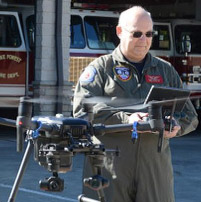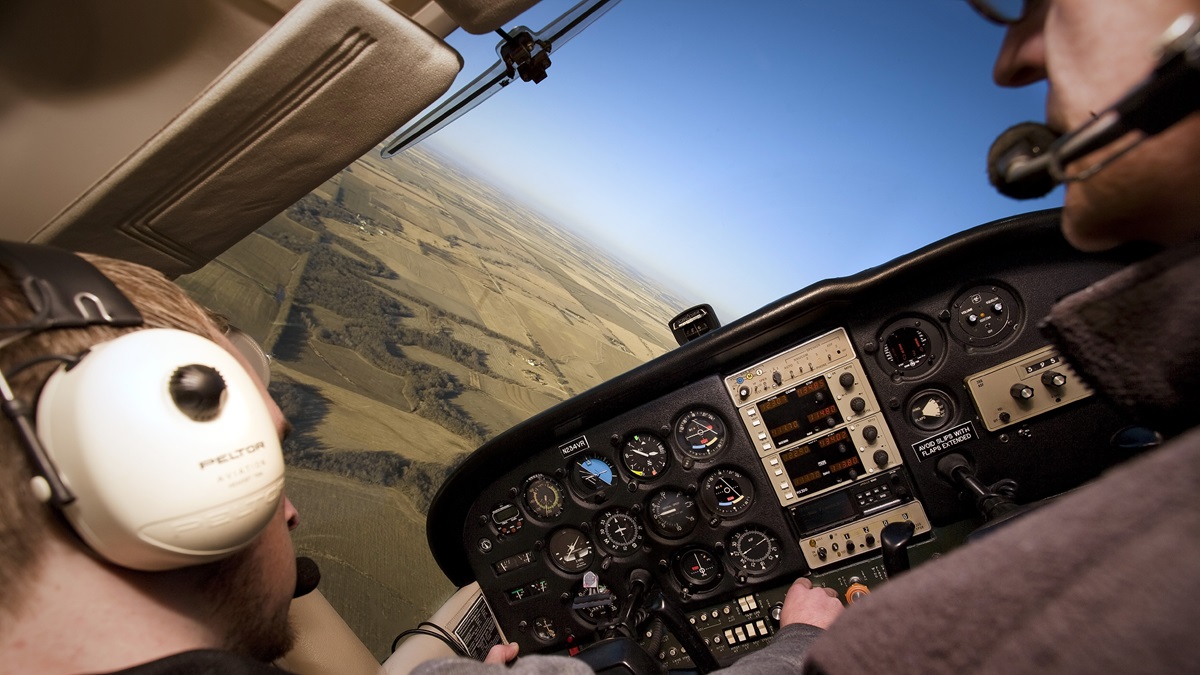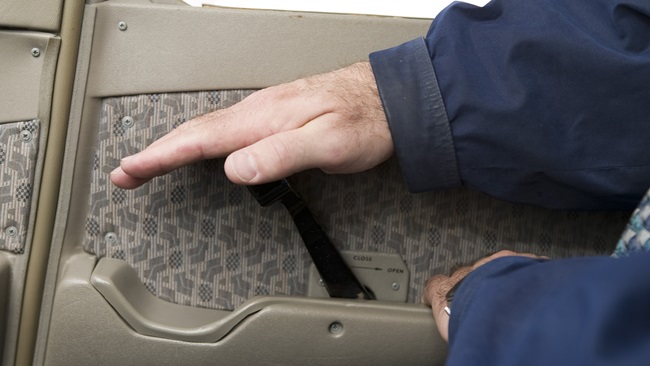Every pilot makes mistakes
I would love to tell you that as an aviation writer, public safety remote pilot, and longtime airplane pilot I've always made the best decisions when it comes to flying. The reality is, I have not. But this is also reality: Every pilot makes mistakes.
The FAA emphasizes aeronautical decision making (ADM) in pilot training, and rightfully so. Good ADM can keep you and others safe (and legal) when flying. Striving for perfection is admirable, but every human is prone to make a mistake now and then.
A good friend of mine (who also was my instrument flight instructor) had many decades of single- and multiengine experience, with 8,000 or more hours in his logbook when he died in an entirely avoidable airplane crash after he made one wrong decision: to take off. Long experience gives most pilots a false sense of confidence, while inexperienced pilots may not fully appreciate the danger posed by a particular set of circumstances. So, old salts and young aviators alike should always be prepared to make the tough choices and say “no” to flying at times.
That can be a lot harder to do than it seems.
Maybe someone who admits they've made mistakes shouldn't be writing this article, but I believe there is no sense wasting a perfectly good mistake if we can all get some benefit out of it.
Here’s one example: I was planning a cross-country flight and had plans to meet a fellow pilot at a specific time. In my Cessna 182, I have an electronic magneto (ignition system), and a mechanical magneto. During the runup (a final check of engine and other systems made before takeoff), the electronic mag indicated no RPM drop, which is one of the reasons I love it. Each cylinder in a general aviation piston engine has two spark plugs and two independent ignition systems to power them, and running on either one of these alone typically causes a slight RPM drop. The mechanical magneto was within limits, but something seemed a little off to me. There was nothing that jumped out at me, but something gave me a nagging feeling that the system wasn’t quite right. I ignored that gut feeling, and, you guessed it, that turned out to be the wrong decision.
At 7,000 feet over the Chesapeake Bay, I got an alert that my battery was discharging alarmingly rapidly. The alternator had failed, and without electric power to recharge the battery, the electronic ignition was going to stop running any minute. When I tested the engine running on only the mechanical magneto (my emergency backup), the engine ran very rough. I later learned that one of the spark plug wires had probably started the flight loose and had disconnected during the flight from the mechanical magneto, so my engine was now only firing on five cylinders.
I was luckier than some, and I managed to land safely at an alternate airport with a nearly dead battery. There was no doubt about it; I had made the wrong decision to take off. I came very close to engine failure over water, much too far from shore to glide to a suitable place to land.
As a public safety UAS faculty member and instructor, I watch some of the newly minted “instant drone pilots” make interesting decisions when it comes to flying. Qualification as a remote pilot under Part 107 does not require hours and hours of flight training, and much of that time (for manned aircraft pilots certificated under Part 61 and/or Part 141) involves learning about the mistakes others have made, and the consequences of mistakes, and how to set priorities and make good decisions.
Also, public safety pilots seem to have a built-in macho attitude that makes them even more unwilling to listen to advice than a typical student pilot.
The FAA, in the newly revised standards for certification of remote pilots, requires us to all learn about ADM, and a macho attitude is one of the five “hazardous attitudes” the FAA wants us to be aware of, and guard against. (You can read much more about this topic in the Pilot’s Handbook of Aeronautical Knowledge, and it’s well worth your time.)
Here are the “hazardous attitudes” you really want to know about, and guard against:
Anti-authority: “Don’t tell me”
- This attitude is found in people who do not like anyone telling them what to do. In a sense, they are saying, “No one knows better than I do.” They may be resentful of having someone tell them what to do, or may regard rules, regulations, and procedures as silly or unnecessary.
Impulsivity: “Do it quickly”
- This is the attitude of people who frequently feel the need to do something—anything—immediately. They do not stop to think about what they are about to do, they do not select the best alternative, and they do the first thing that comes to mind.
Invulnerability: “It won’t happen to me”
- Many people falsely believe that accidents happen to others, but never to them. They know accidents can happen, and they know that anyone can be affected. However, they never really feel or believe that they will be personally involved. Pilots who think this way are more likely to take chances and increase risk.
Macho: “I can do it”
- Pilots who are always trying to prove that they are better than anyone else think, “I can do it—I'll show them.” Pilots with this type of attitude will try to prove themselves by taking risks in order to impress others. While this pattern is often thought to be a male characteristic, women are equally susceptible.
Resignation: “What’s the use?”
- Pilots who think, “What’s the use?” do not see themselves as being able to make a great deal of difference in what happens. When things go well, the pilot is apt to think that it is good luck. When things go badly, the pilot may feel that someone is out to get them or attribute it to bad luck. The pilot will leave the action to others, for better or worse. Sometimes, such pilots will even go along with unreasonable requests just to be a "nice guy."
One giant lesson I learned from my lousy magneto experience was to lean on a pilot friend I trusted to give me another pilot’s perspective in such situations. You can do the same thing. Just phone a pilot friend and run the issue past them. Just don’t be afraid or too “macho” to get a second opinion if you are unsure.
Now, when I get that feeling something is not quite right, I'll start calling pilot friends to talk it through. Just talking through the problem with another pilot helps to check your decisions and your thought process, and the very process of talking a problem through will usually make the correct decision obvious.
A pilot in command flying under Part 91 is always the ultimate decision maker, but we can still draw on our fellow aviators (and air traffic controllers, for that matter) for help and advice. Remote pilots flying under Part 107 also can benefit from another aviator’s perspective, particularly when it comes to decisions about whether or not to launch into marginal weather, or with another kind of issue that creates a nagging feeling that something is not quite right. We should never be afraid to say “no,” keep the aircraft on the ground, and let others worry about disappointment.




